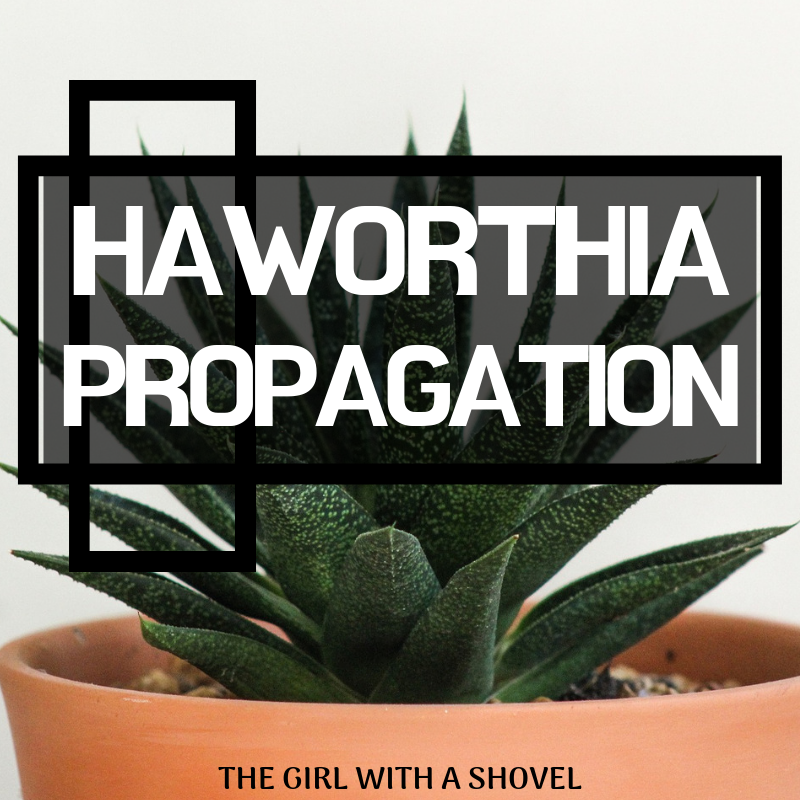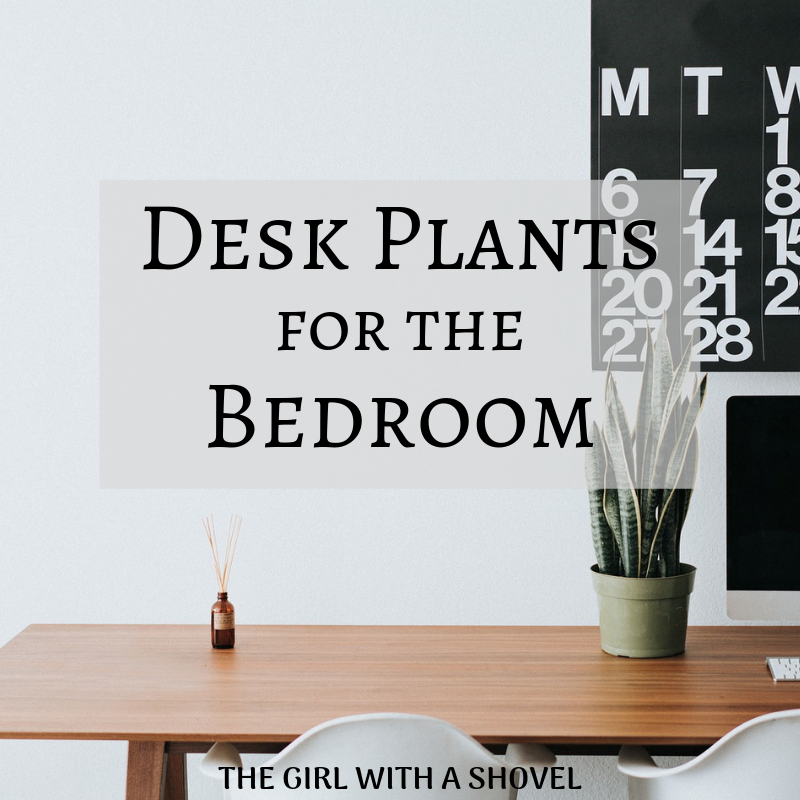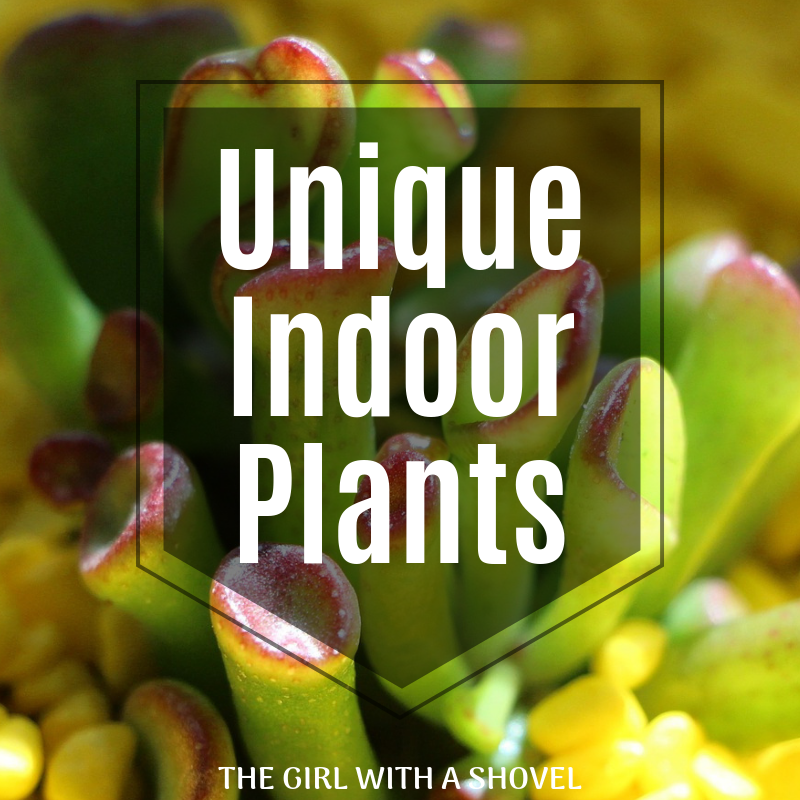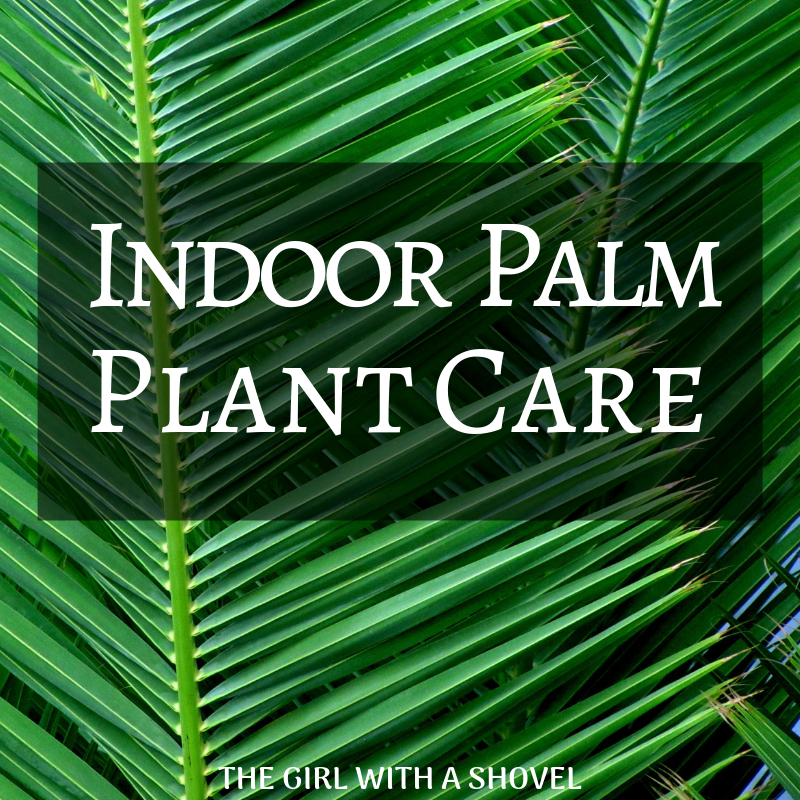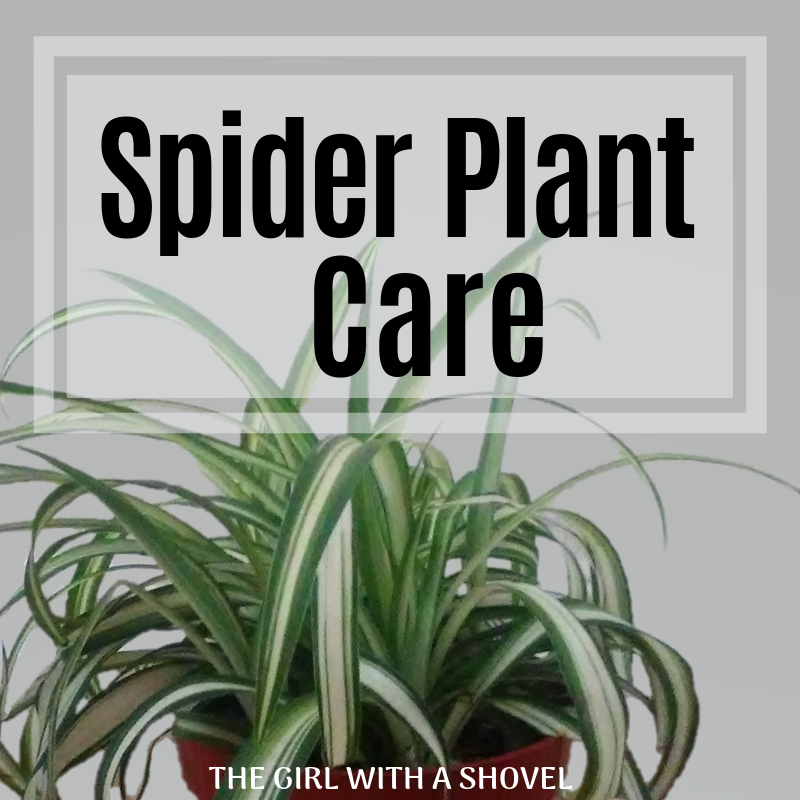African violets are a very common plant in the indoors. Not only do they have soft, attractive leaves, but they also flower like crazy! For example, you can propagate your own plant (that might take up to three months), but once the plantlet is established, it could flower within 6 months! For plant time, that is fast!!! But I’m sure you already know how adorable this little guy is, so I’m just going to tell you about how to take care of your African Violet to enjoy these blooms year after year!
Don’t own an African Violet yet?! You can get one here!!!
**Note: This post contains affiliate links, which if purchased, I will receive a portion of the profits. This helps me to keep providing awesome information to all of you!**
African Violet Plant Care: Light Requirements
African violets can tolerate a wide range of lighting, however, they do not do well in hot, direct sunlight. Try to give it either morning or evening sunlight or keep it in indirect light. If your plant isn’t flowering it could either need more light, or more darkness. In order for African violets to flower, they need at least 8 hours of complete darkness at night. They also need at least 12 hours of sunlight during the day. So if it’s getting plenty of darkness at night and buds still aren’t forming, then consider purchasing some supplemental lighting.

African Violet Plant Care: Water Requirements
African violets like to be kept lightly moist, but not wet. If the soil feels spongy because of moisture, then it is too wet. During the winter, your plant will have a resting period and will need to be allowed to dry down to the top 1 inch (2.5 cm) of soil before watering it again. Also, make sure that you don’t get the leaves wet when watering. The best way to avoid this is to bottom-water your plant. Make sure that your pot has drainage holes and place it in a shallow tray of water. After 10 minutes, remove the pot and let any excess water drain. This is the best method for watering African Violets.

African Violet Plant Care: Additional Tips
One big thing to keep in mind is that African Violets like to grow in acidic soil. Pot your plant in either an African Violet soil mix, a Hydrangea mix, or a mix of potting soil and peat moss. This will ensure that your plant stays healthy!

I hope you’ve enjoyed these tips and good luck carrying for your beautiful African Violet! Feel free to leave any questions or comments below. And for more extensive plant care information please join my email list and receive a free welcome guide!
Happy Digging!





